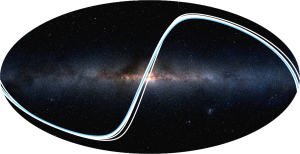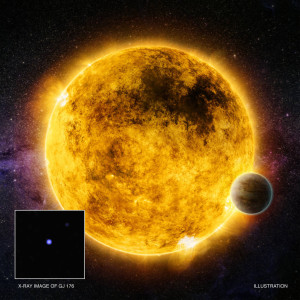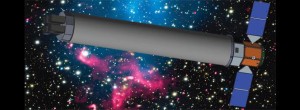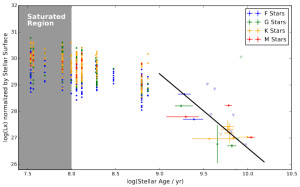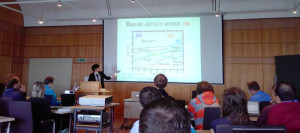Conference: “Ages^2 – Taking stellar ages to the next power”
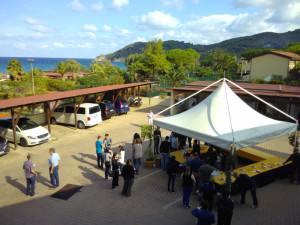
I spent some time at a fantastic conference, “Ages^2 – Taking stellar ages to the next power” on Elba, Italy. It was a great meeting, with people from very different areas of astronomy coming together to share progress on measuring how old different kinds of stars are, which is a very fundamental and very difficult to solve question. I gave an invited talk on the topic of “Precise stellar ages as the key to exoplanet evolution”, and my PhD student Rachel Booth gave a contributed plenary (!) talk on “Activity of cool stars older than a gigayear”. Part of the success of the meeting was that the organizers had chosen a venue that catered to all our needs for food, caffeine, and sunshine – we were able to have the poster sessions outdoors with an ocean view, in late September! I think this was actually the most scientifically productive meeting I’ve attended so far, I already have ideas for two new papers…
